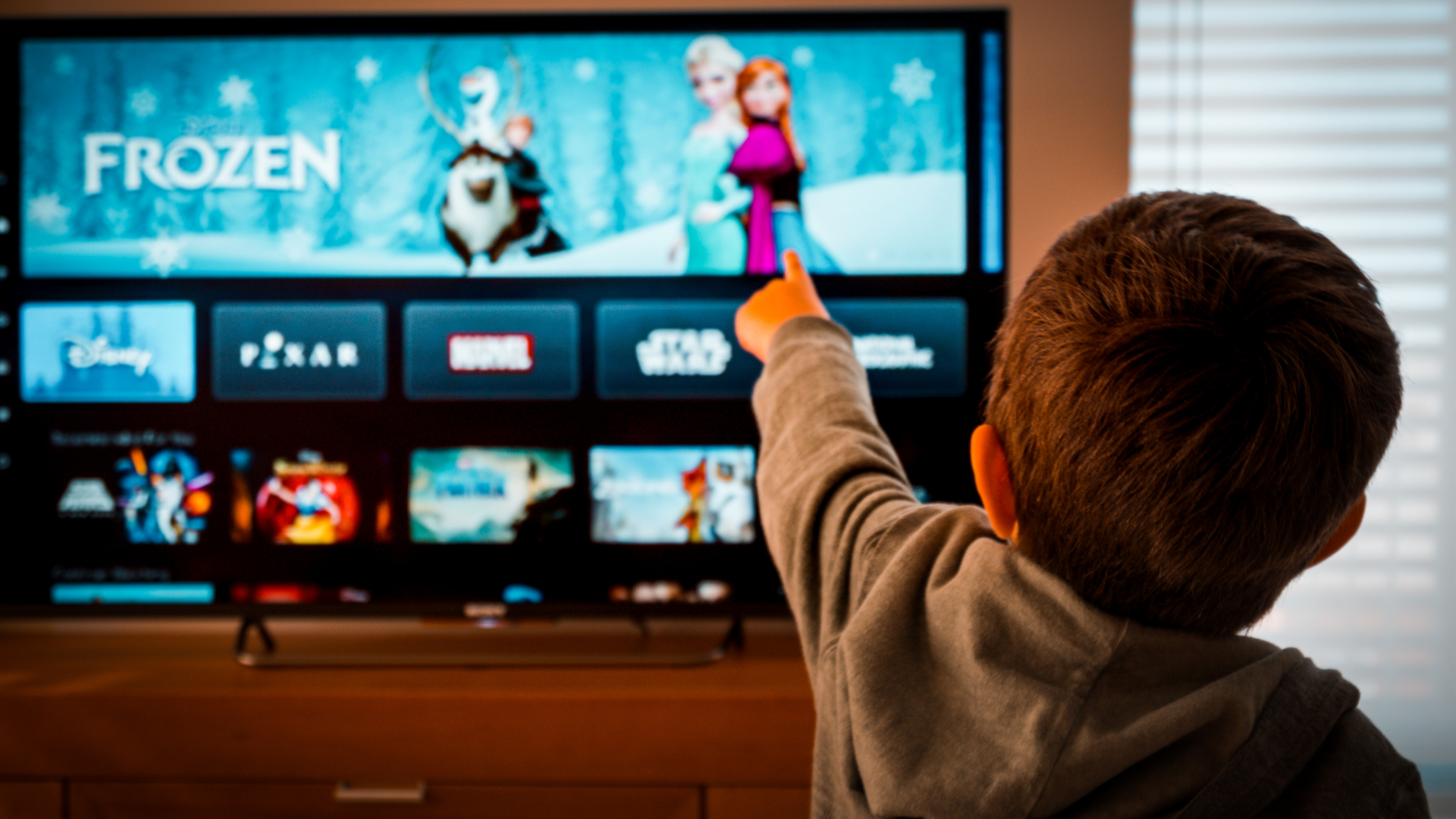Disney Plus with ads doesn't sound as awful as we feared

Disney has shared more details about the ad-supported tier coming soon to its Disney Plus service – and the company is taking a refreshingly tough stance on commercials.
According to the Wall Street Journal, Disney’s new, cheaper subscription package – which is due to launch in the US later this year – will cap ads at four minutes per hour of content, and restrict ads full stop when young children are watching via the platform’s kid-friendly user profiles.
For comparison, Disney’s other streaming service, Hulu, runs up to 12 minutes of ads per hour of content, while NBC’s Peacock runs five. Cable TV typically bombards viewers with around 20 minutes of ads per hour of content.
Disney’s four minute per hour cap will bring its ad-supported tier on Disney Plus in line with that of HBO Max, which launched its own cheaper subscription package in June last year.
The company has also vowed to limit the type of commercials it airs on the platform. Variety reports that Disney will not accept advertising for alcohol products or political campaigns at the new tier’s launch, and will also prohibit ads from rival outlets or entertainment studios.
Speaking to investors last Wednesday, Disney CEO Bob Chapek said that the introduction of an ad-supported tier on Disney Plus "is going to give [the company] the ability to reach an even more broad audience as [it] expand[s] Disney Plus across multiple price points."
Thankfully, though, the brand’s attitude towards commercials seems like a stern one – especially when it comes to content aimed at children. “We’re never going to collect data on individual kids to target them,” Rita Ferro, Disney’s president of ad sales and partnerships, told the Wall Street Journal.
Sign up for breaking news, reviews, opinion, top tech deals, and more.
Analysis: Watch and learn, Netflix
Despite years of very public resistance to introducing advertising into its business model, Netflix recently conceded that it, too, intends to launch its own ad-supported subscription tier by the end of 2022.
The U-turn didn’t come as much of a surprise, mind. At the beginning of March, Netflix CFO Spencer admitted that he could “never say never” when asked about the idea of introducing adverts on Netflix, before CEO Reed Hastings confirmed, only a month later, that he and other company executives were actually “quite open” to the idea. The events of recent months have only served to consolidate that change of heart.
Netflix hemorrhaged 200,000 paying customers between January and March this year, a figure that’s expected to exceed two million come the end of June. CEO Hastings attributed the decline to increased competition, password sharing and a failure to diversify subscription packages, and its plans to launch an ad-supported tier are evidently a reflection of the latter.
Given how unintrusive Disney’s equivalent ad-supported tier sounds, though, Netflix would do well to mimic the approach of its fast-growing competitor – both in terms of the type of commercials shown and the audiences exposed to them.
“As Netflix approaches this new territory, it should continue its famed, relentless focus on user experience,” Kai Henniges, CEO & Co-Founder at Video Intelligence, recently told TechRadar. “For some, digital advertising has been synonymous with flashy banner adverts, irrelevant advertising content and irritating pop-ups, but Netflix is in a prime position to leverage new technology to ensure adverts not only provide bottom-line advantages but also satisfy consumers with a tailored experience and real value.”
“If Netflix cleverly analyses the meaning of its content – its topics, verticals, or style – it will be able to contextually match advertising demand to it. Or to put it simply – Netflix should look to deliver ads that are relevant to the program or film they are shown during.”
Disney’s recently announced plans chime with that same need for relevance and value when it comes to advertising – so perhaps the era of ad-supported streaming won’t be as bad as we first thought?

Axel is TechRadar's Phones Editor, reporting on everything from the latest Apple developments to newest AI breakthroughs as part of the site's Mobile Computing vertical. Having previously written for publications including Esquire and FourFourTwo, Axel is well-versed in the applications of technology beyond the desktop, and his coverage extends from general reporting and analysis to in-depth interviews and opinion.
Axel studied for a degree in English Literature at the University of Warwick before joining TechRadar in 2020, where he earned an NCTJ qualification as part of the company’s inaugural digital training scheme.